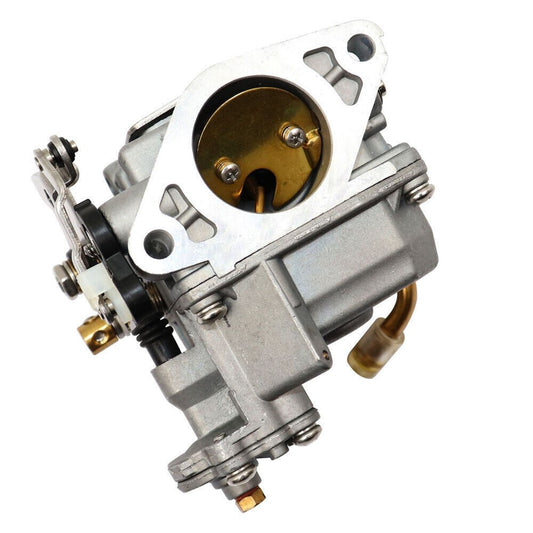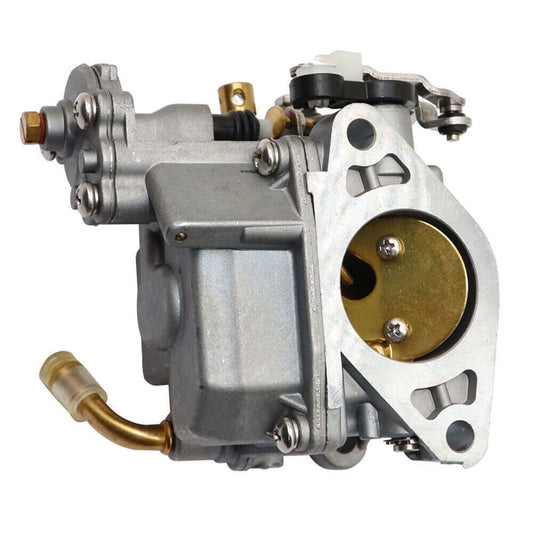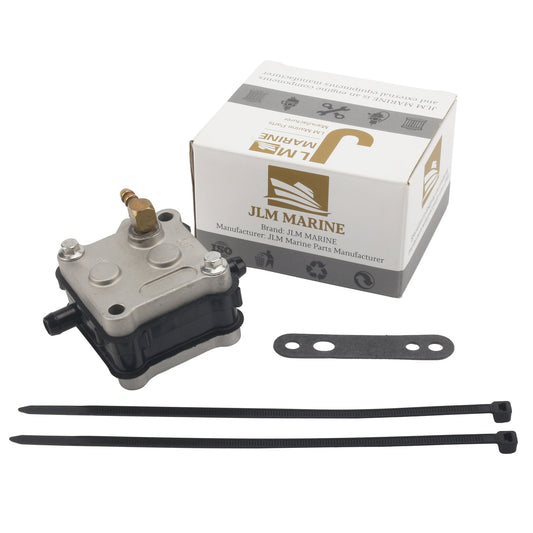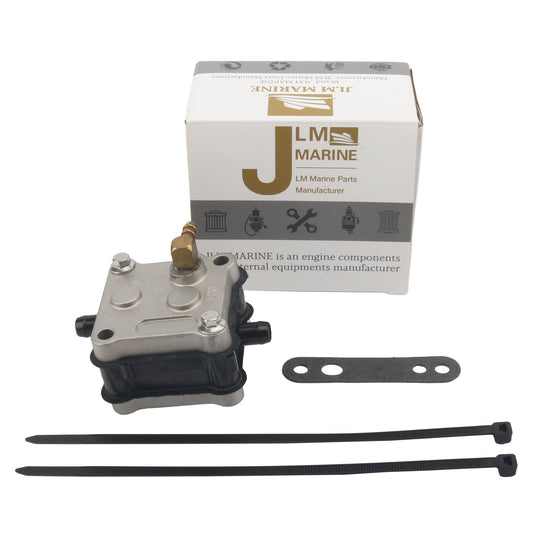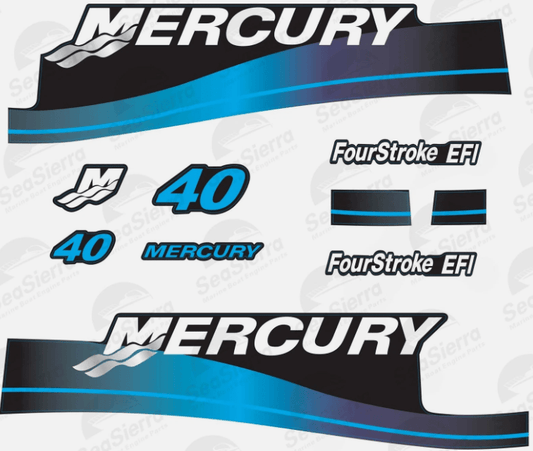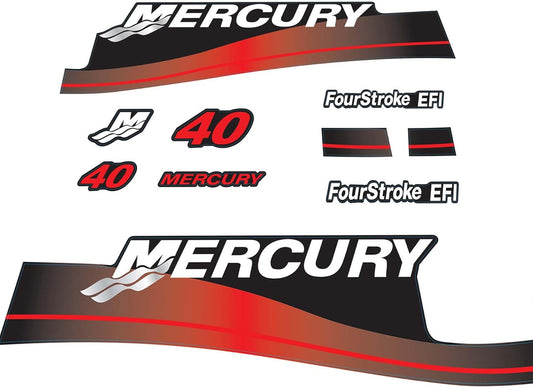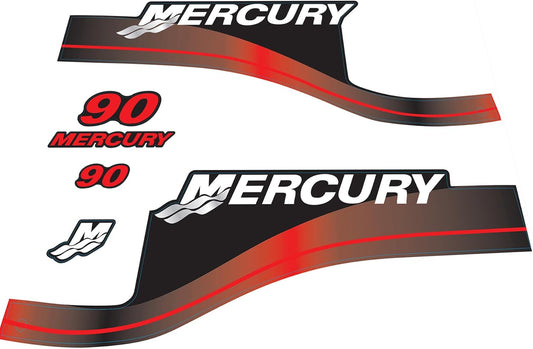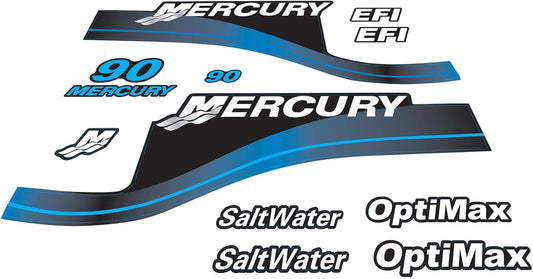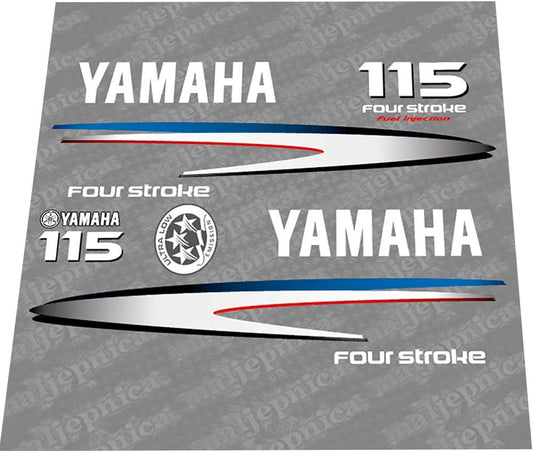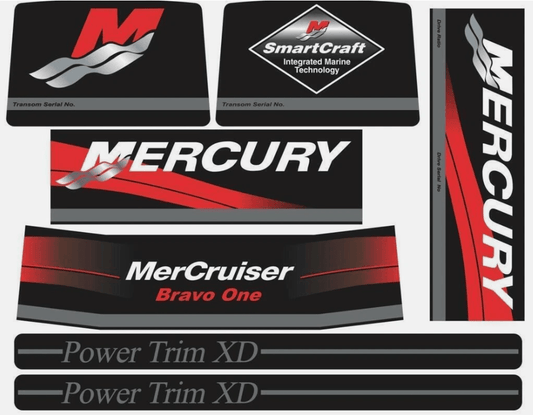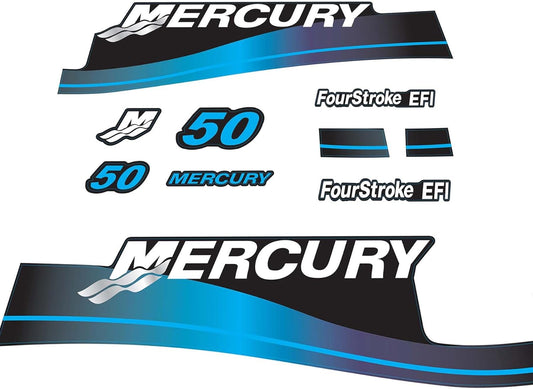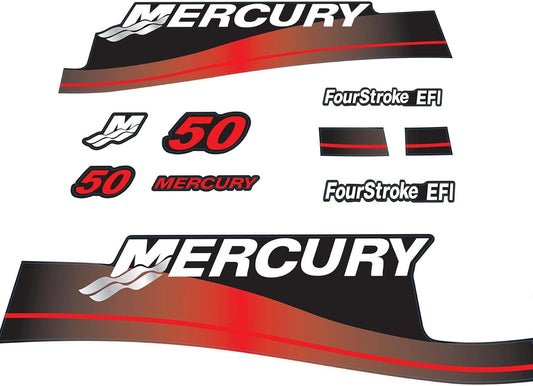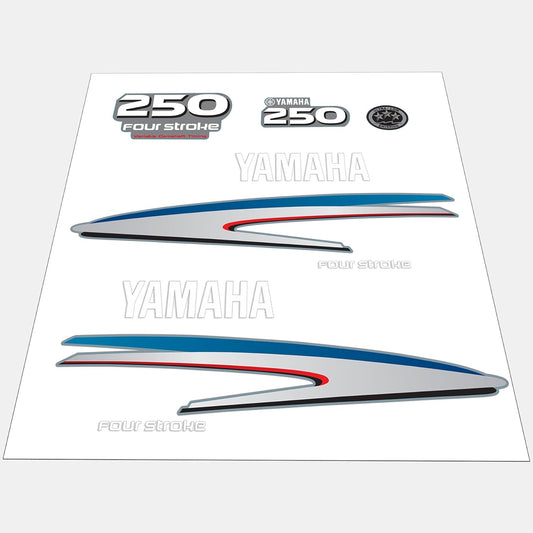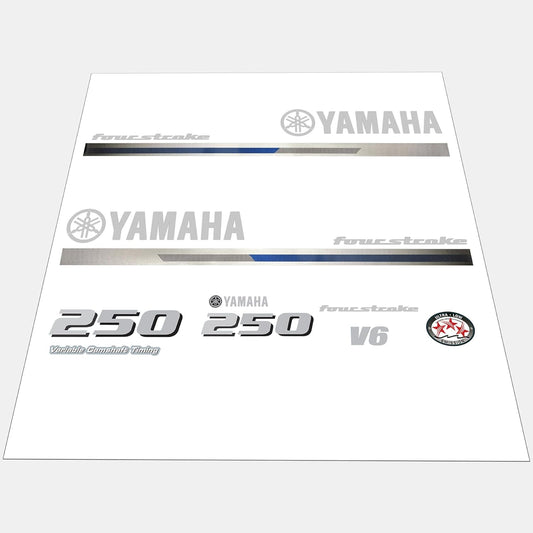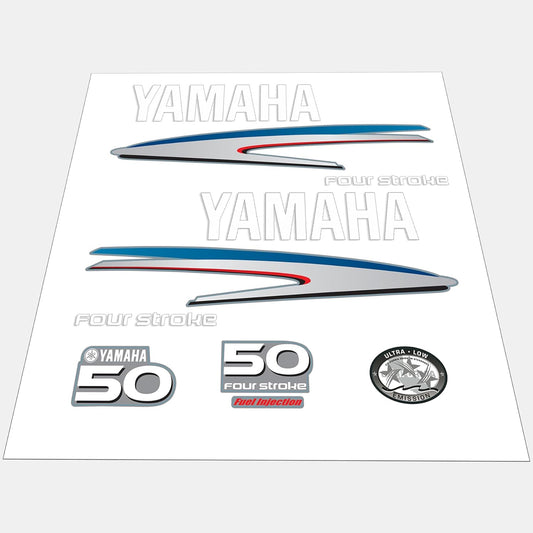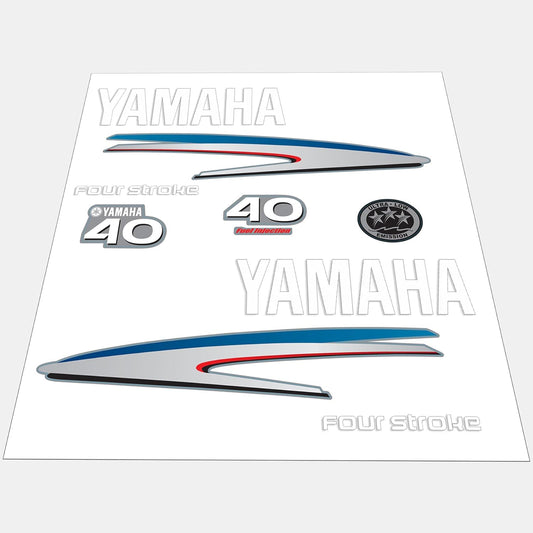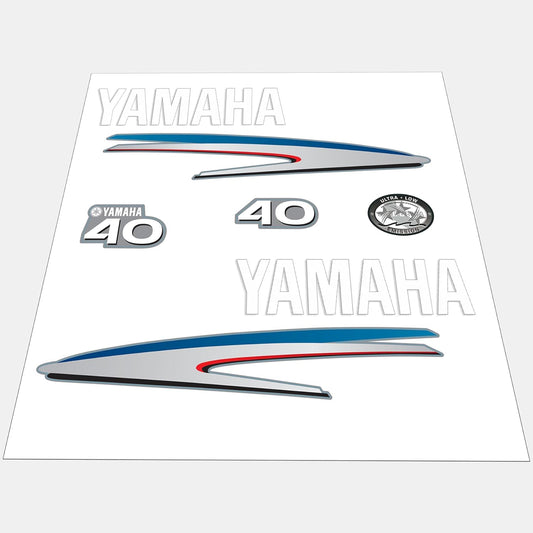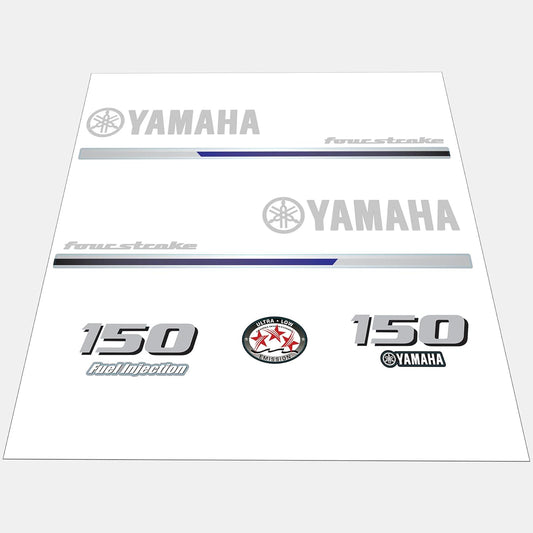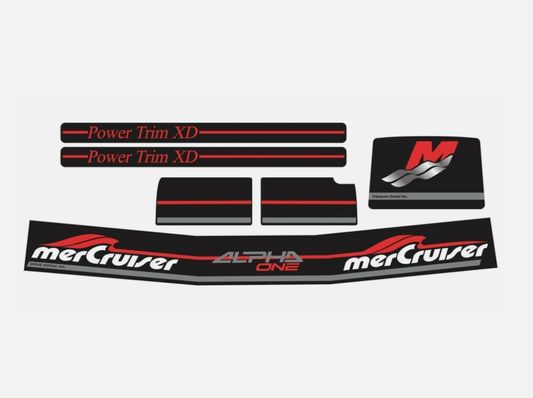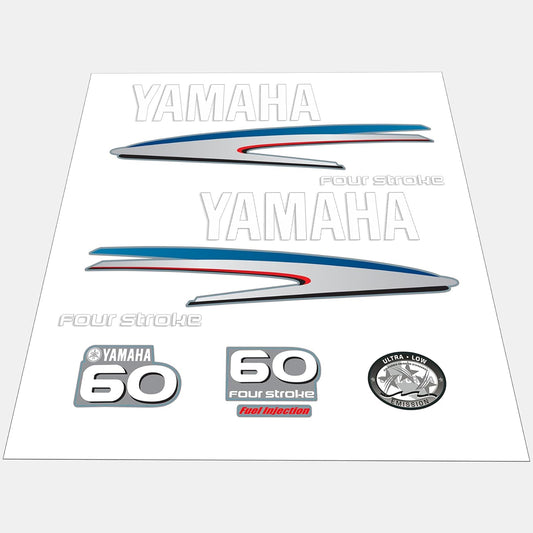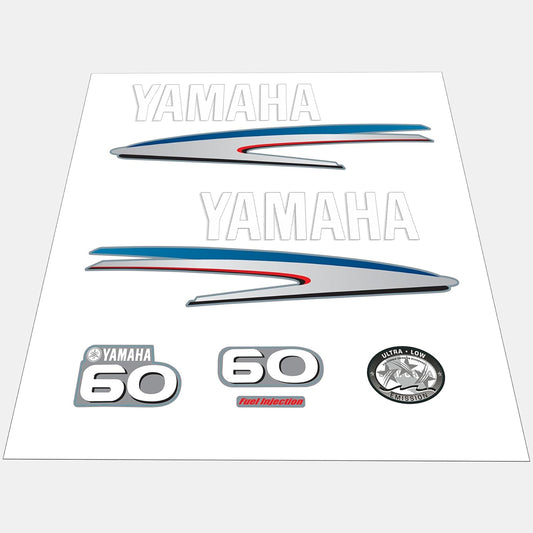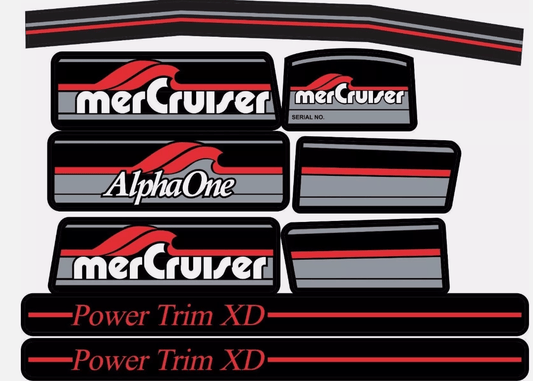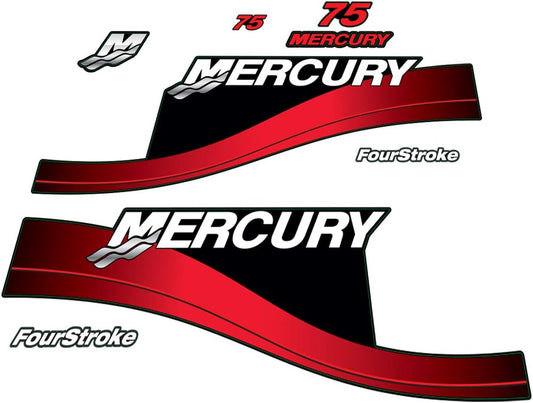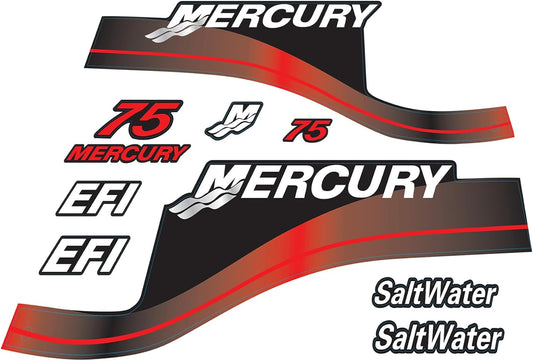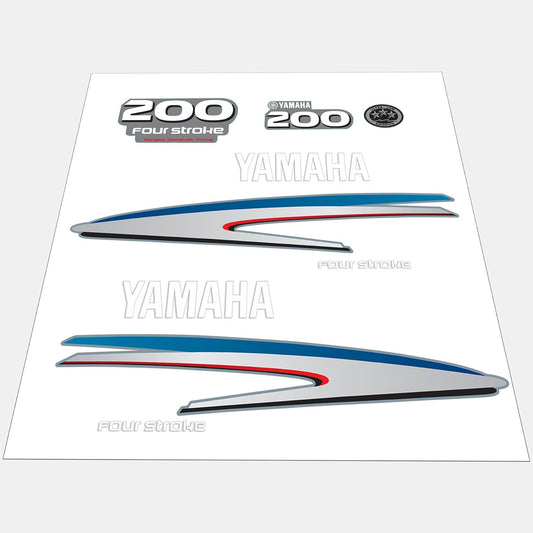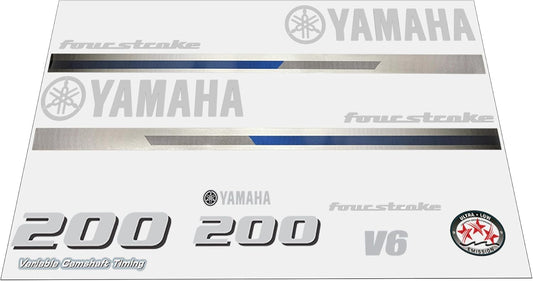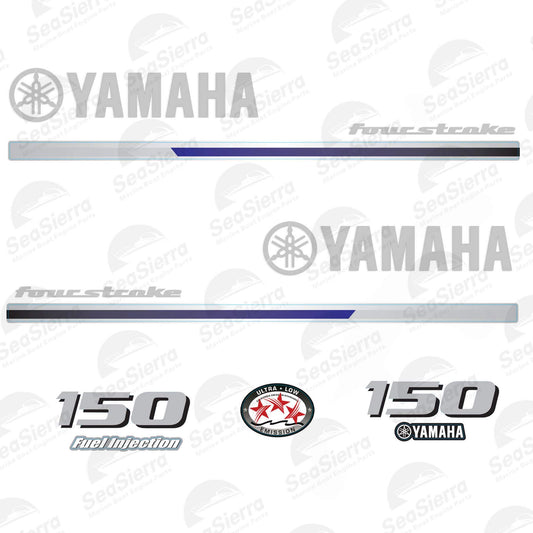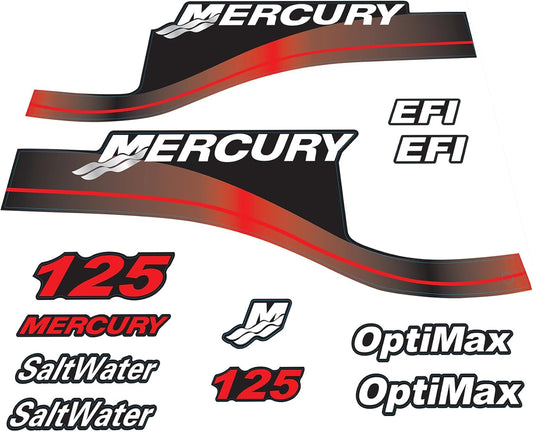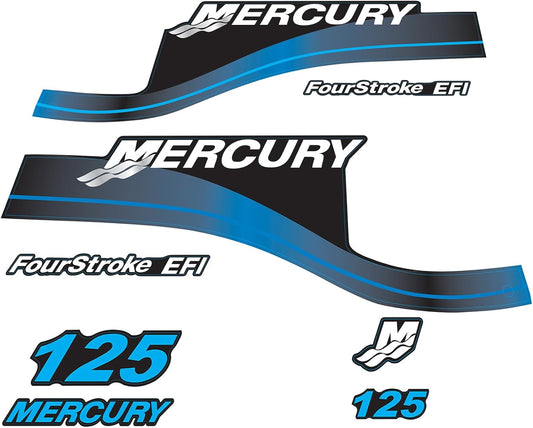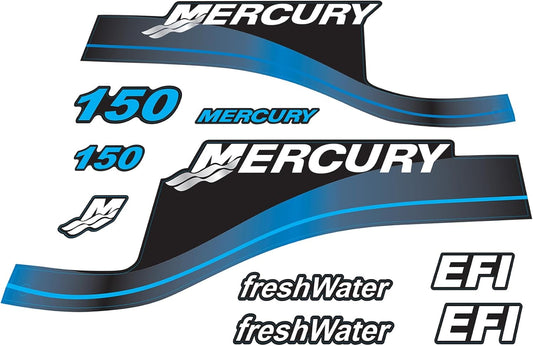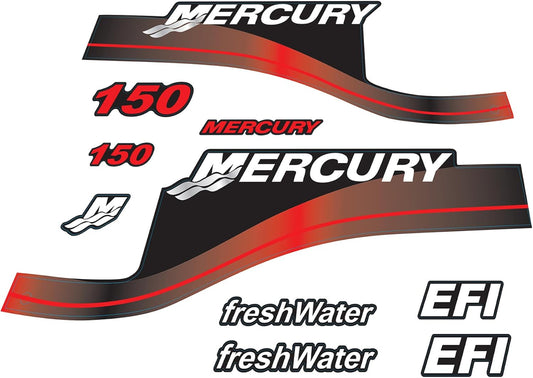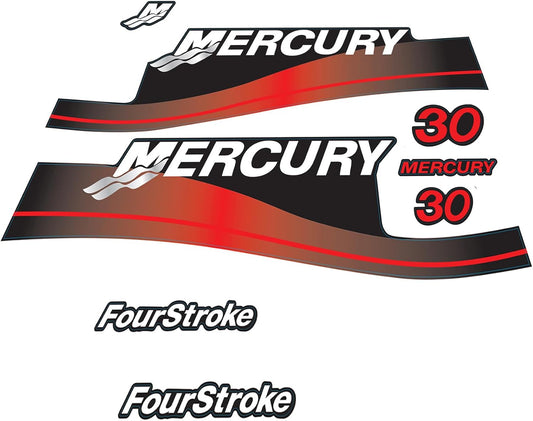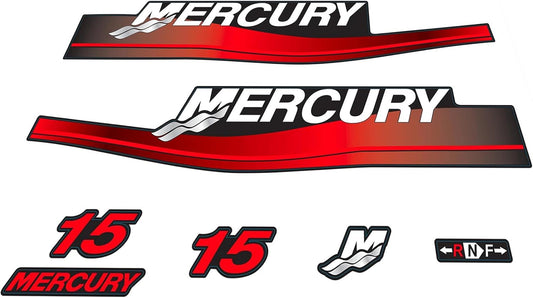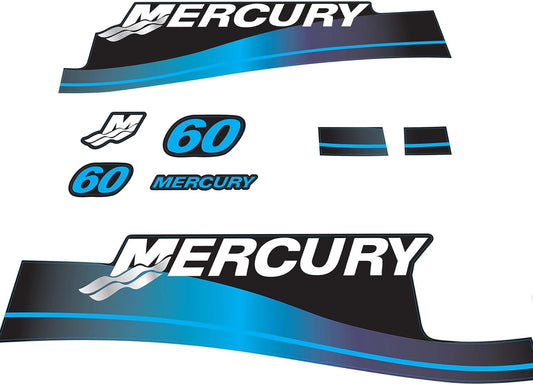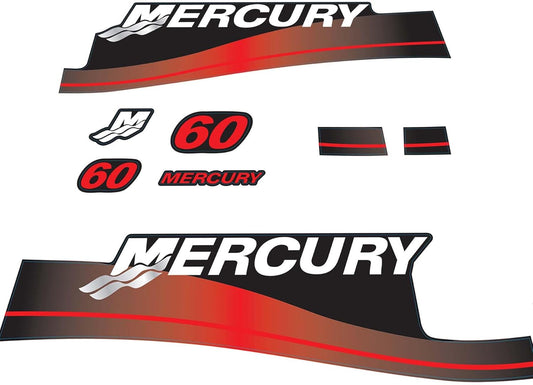How to Tow a Boat Trailer Safely
A Practical Guide for Boat Owners
Towing a boat trailer for the first time can be both exciting and challenging. This guide focuses on the essential steps for preparing your tow vehicle, loading and launching your boat, and maintaining your trailer. With attention to details like tongue weight, securing your load, and safe driving habits, towing becomes much simpler and more predictable. Below, you’ll find step-by-step tips on everything from matching your tow vehicle to the trailer, to preventing fishtailing, to launching at the ramp.

1. Why Trailer Your Boat?
-
Freedom to Explore
Trailering expands your options so you can boat on rivers, lakes, bays, or inlets without being limited to a single location.
-
Cost-Effective Storage
Keeping your boat on a trailer can be more economical than renting a slip or mooring. It also helps reduce hull fouling caused by long periods in the water.
-
Easier Maintenance
Cleaning, inspections, and minor repairs can be done more conveniently on dry land.
2. Choosing the Right Tow Vehicle
-
Check Towing Capacity
- Make sure your vehicle’s rated towing capacity (Gross Combined Vehicle Weight Rating, or GCVWR) safely exceeds the total weight of your boat, engine, trailer, and gear.
-
Consider Terrain
- If you often encounter steep hills or mountainous roads, a vehicle with extra torque (e.g., a diesel engine) might help.
- For sandy, muddy, or slick boat ramps, four-wheel drive can be a major advantage.
-
Tow Package Essentials
- Transmission Coolers: Help keep your transmission temperature in check when pulling heavy loads.
- Appropriate Hitch Class: Hitches are rated from Class I to Class V. Match yours to the weight you’ll be towing.
- Side Mirrors: Extended or towing mirrors provide better visibility around your boat.
3. Hitching Up: Safety First
-
Couple the Trailer
- Align the trailer coupler over the hitch ball.
- Lower the coupler, lock it, and insert the safety pin to prevent accidental release.
-
Cross the Safety Chains
- Attach them to the tow vehicle so they form an “X” beneath the trailer tongue.
- This supports the tongue if the hitch connection fails.
-
Attach Brake Safety Cable
- If your trailer has surge or electric brakes, connect the breakaway cable to the vehicle.
- This triggers the trailer’s brakes if the rig detaches.
-
Plug in the Lights
- Test the brake, turn, and running lights before setting out.
4. Understanding Tongue Weight and Weight Distribution
-
Why It Matters
Tongue weight (the downward force the trailer exerts on the hitch) should be around 10–15% of the total trailer weight.
-
Too Much Tongue Weight
- Overloads the tow vehicle’s rear wheels, lifting the front wheels and reducing steering control.
- You may need to shift gear or move the boat slightly aft on the trailer.
-
Too Little Tongue Weight
- Leads to fishtailing or swaying, especially at higher speeds.
- Move heavier items toward the bow or adjust the trailer’s winch post to bring the boat forward.
-
Road Test
- After any load adjustments, do a local test drive at lower speeds to ensure stable tracking.
5. Preventing and Handling Fishtailing
-
Causes
Sudden gusts of wind, passing trucks, bumps in the road, or unbalanced loads can trigger trailer sway.
-
How to React
- Gradually ease off the accelerator—don’t slam on the brakes.
- Keep the steering wheel as steady as possible.
- Once you slow to around 25–35 mph, the sway should subside; pull over to redistribute weight if needed.
6. Driving Tips for Safe Towing
-
Increase Following Distance
- You’ll need more time to stop when towing a heavier load.
- Maintain a generous buffer to the car in front.
-
Accelerate Gently
- Strong, sudden acceleration can cause cargo shifts or undue strain on your trailer’s components.
-
Take Wider Turns
- Trailer wheels track inside the tow vehicle’s path, so swing out slightly to avoid curbs.
- Position your vehicle on the outer portion of the lane before making a turn.
-
Passing
- Longer total length and heavier weight mean more time is needed to pass safely.
- Confirm ample space in front of the vehicle being passed before returning to your lane.
-
Stay Alert in Wind
- Keep both hands on the wheel and make slight steering corrections.
- Reduce speed when crossing bridges or overtaking large trucks in windy conditions.
7. Launching Your Boat
-
Preparation
- Remove tie-down straps except the bow winch strap.
- Install the drain plug.
- Attach a docking line so you can secure the boat once it’s off the trailer.
-
Backing Down
- Align the tow vehicle and trailer in a straight line before reversing.
- Make small steering corrections; remember the trailer moves opposite to your wheel direction.
- Stop when the boat’s stern floats off the trailer. Engage the parking brake.
-
Releasing the Boat
- Unhook the bow strap.
- Push or reverse the boat gently off the trailer.
- Move the boat to a courtesy dock or tie it off nearby, clearing the ramp for others.
8. Loading the Boat Back on the Trailer
-
Position and Submerge the Trailer
- Typically, two-thirds of the trailer’s bunks or rollers should be underwater.
- Too deep or too shallow can cause the boat to drift off-center.
-
Align and Drive On
- Center the hull between the bunks.
- Use minimal engine power, easing it forward until the bow nears the winch post.
-
Winch and Secure
- Attach the bow hook and safety chain once the bow reaches the stop.
- Once out of the water, finish tying down transom straps and remove drain plugs as needed.
9. Maintenance and Inspection
-
Tires and Lug Nuts
- Check tire pressure routinely.
- Inspect for uneven wear or cracks.
- Ensure lug nuts remain tight.
-
Wheel Bearings
- Monitor bearing temperature after a drive; they shouldn’t be excessively hot.
- Keep them properly greased, especially if you frequently launch in saltwater.
-
Brakes
- Make sure brake fluid is at proper levels for surge brakes.
- Confirm electric brakes engage correctly when you apply the tow vehicle’s brakes.
-
Lights and Wiring
- Verify that brake, tail, and turn signals are functional.
- Repair or replace corroded connections.
-
Frame and Winch
- Look for rust or cracks on the trailer frame.
- Inspect the winch strap or cable for fraying.
-
Regular Rinse
- After saltwater use, rinse off the trailer’s brakes, axles, and metal components to reduce corrosion.
10. Troubleshooting Common On-the-Road Issues
-
Trailer Sway
- Pull over safely and adjust load distribution if fishtailing persists.
-
Overheating Brakes
- Downshift on descents or allow brakes to cool if you detect a burning odor or fading response.
-
Flat Tires
- Always carry a spare, a jack, and the correct lug wrench.
-
Wind Gusts
- Decrease speed and maintain steady steering corrections.
By following these best practices, you can enjoy the flexibility of exploring new waterways without the stress of on-road complications. Proper weight distribution, mindful driving, and regular maintenance help prevent most issues before they begin. Safe towing and smooth launching make every trip more enjoyable—letting you spend more time where it counts: on the water.
Hi—I’m Jim Walker
I grew up in a Florida boatyard, earning pocket money (and a few scars) by rebuilding outboard carbs before I could drive. That hands-on habit carried me through a Ph.D. in mechanical engineering, where I studied how salt water quietly murders metal.
I spent ten years designing cooling systems for high-horsepower outboards, then joined JLM Marine as CTO. We bench-test every new part in the lab, but I still bolt early prototypes onto my own 23-foot skiff for a weekend shake-down— nothing beats real wake and spray for finding weak spots.
Here on the blog I share the fixes and shortcuts I’ve learned so your engine—and your day on the water—run smooth.

For Boat Owners:
To assist you in maintaining and repairing your marine engines, we hope the following resources may be of use:
- Mercury Serial Number Guide
- Owner's Manuals from Mercury
- Official Model Number Reference Guide PDF from BRP
- Johnson Serial Number Guide
-
Boat Accessories from JLM Marine
About JLM Marine
Founded in 2002, JLM Marine has established itself as a dedicated manufacturer of high-quality marine parts, based in China. Our commitment to excellence in manufacturing has earned us the trust of top marine brands globally.
As a direct supplier, we bypass intermediaries, which allows us to offer competitive prices without compromising on quality. This approach not only supports cost-efficiency but also ensures that our customers receive the best value directly from the source.
We are excited to expand our reach through retail channels, bringing our expertise and commitment to quality directly to boat owners and enthusiasts worldwide.

